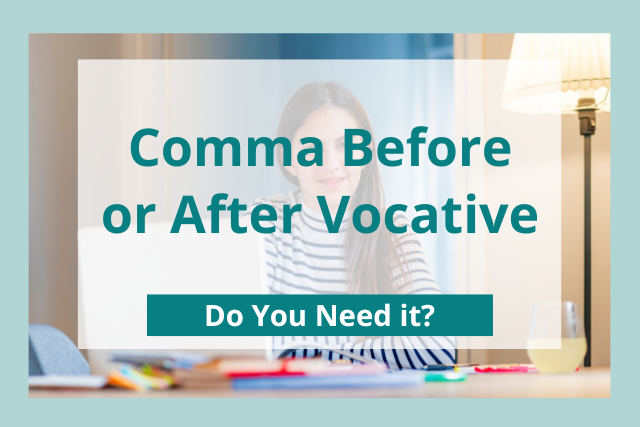
A vocative is when you use address someone by name, e.g. Pass the salt, Mary. or Are you a prince, Harry? or Meg, are you there?
Vocatives are usually found at the beginning or the end of a sentence, but they can be included in the middle of a sentence, e.g. What, Harry, is your title?
Vocatives should always be used with commas. Here are the three rules for using commas with vocatives:
- use a comma after a vocative at the start of the sentence.
- use a comma before a vocative at the end of the sentence.
- use a comma before and after a vocative in the middle of the sentence.
Examples:
- Correct: What is that, Frank?
- Incorrect: What is that Frank?
- Correct: Frank, what is that?
- Incorrect: Frank what is that?
- Correct: What, Frank, is that?
- Incorrect: What Frank is that?
- Incorrect: What, Frank is that?
- Incorrect: What Frank, is that?
In some cases you might not use someone's name to refer to them, but a title, or other description. Some examples of this are: sir, madam, boy, darling, sweetheart, pal, gentlemen, folks. e.g. It's great to see you here today, folks.
When using a vocative in the middle of a sentence, make sure that you're not actually creating a comma splice by joining two independent clauses.
- Correct: This is great, Joe. I love it.
- Incorrect: This is great, Joe, I love it.
- Correct: We love it, Louise. We'll use it.
- Incorrect: We love it, Louise, we'll use it.
